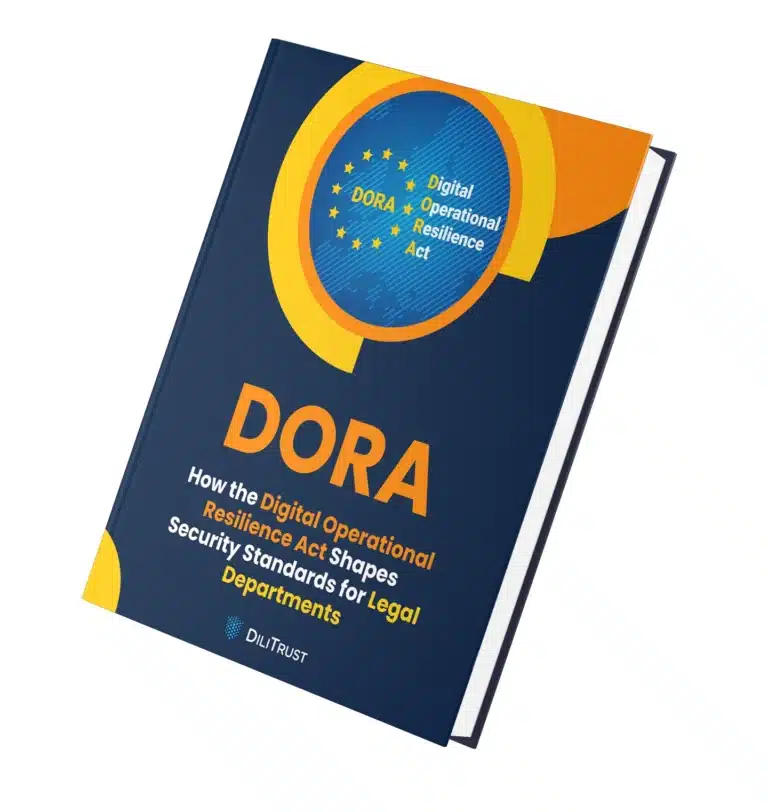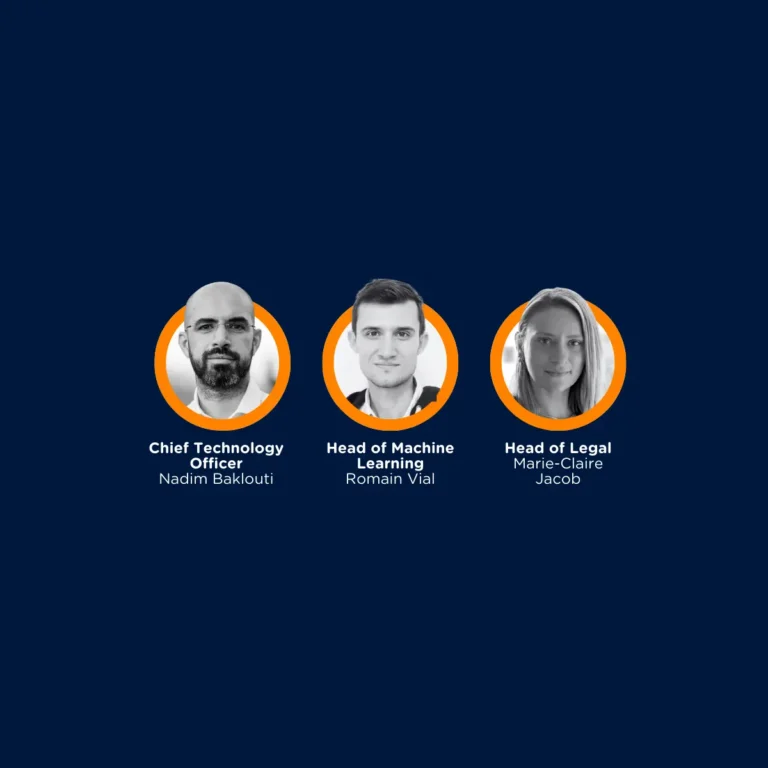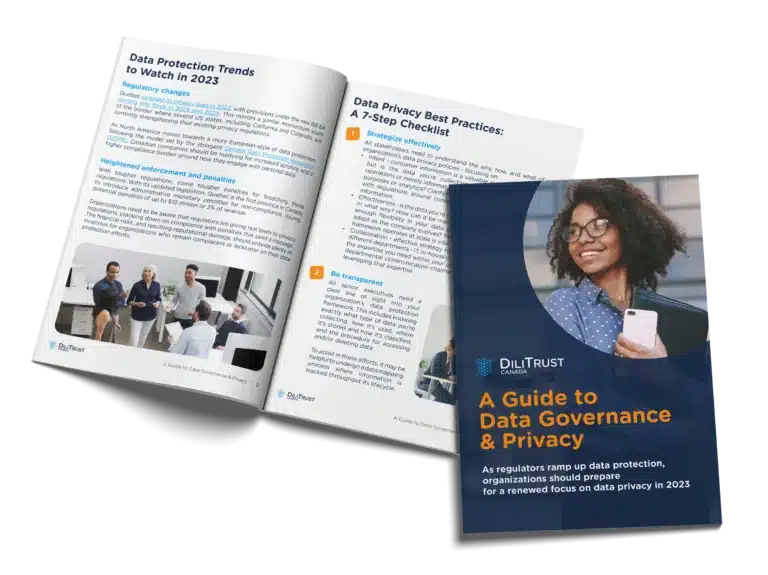
Archives Security
Looking for specific content?
Explore all topics


2024 Data Protection Day: DiliTrust’s Commitment to Data Protection

A Guide to Data Governance & Privacy: A Checklist for Boards

Securing Corporate Boards: Multiple Factor Authentication as a Crucial Measure

15 Questions to Ask Your Contract Lifecycle Management Provider About Security

What is Cybersecurity?

Data Privacy and Security: DiliTrust certified ISO 27001 and ISO 27701

White Paper: Data Governance and Privacy Risks in Canada: A Checklist for Boards
